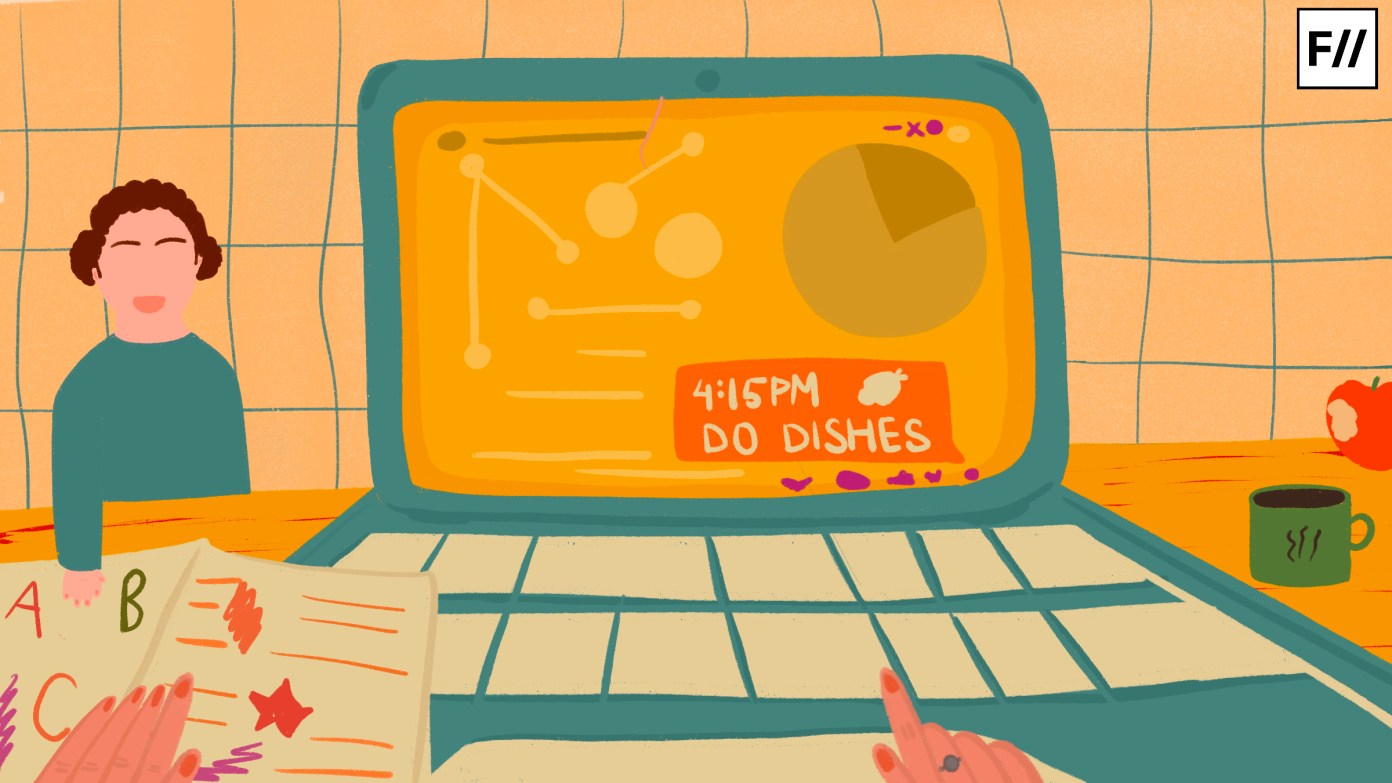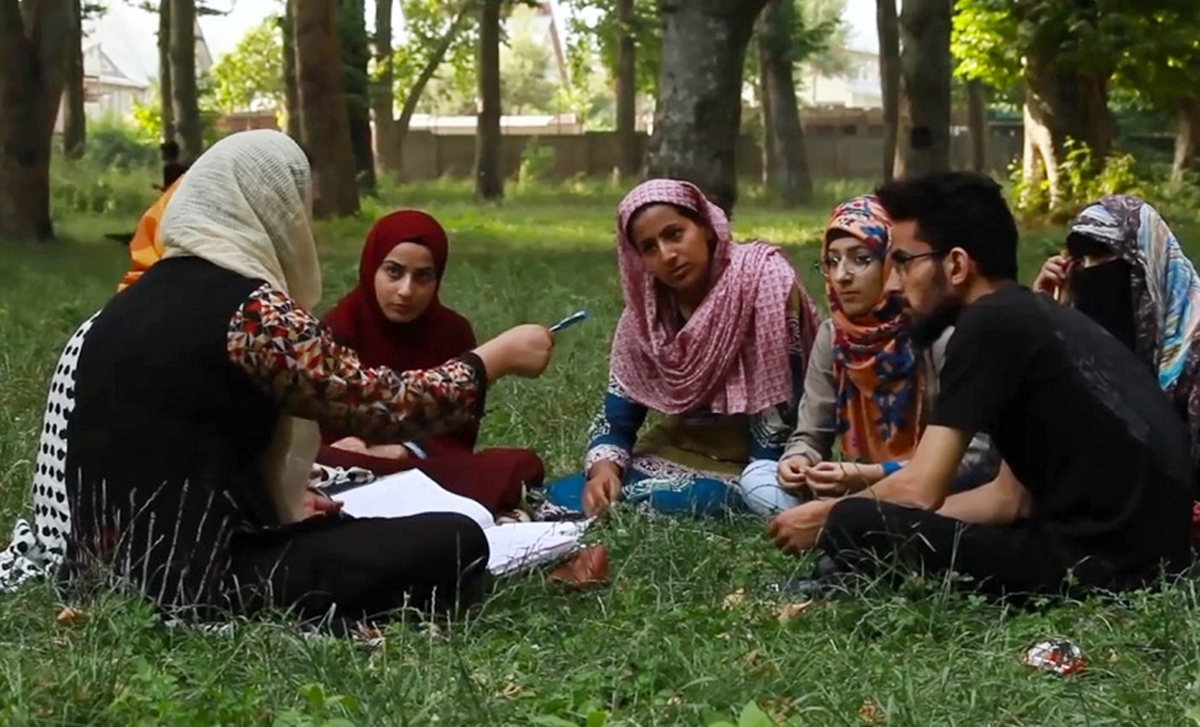Posted by Sruthi Dixit As the farmers’ protests continue, the Chief Justice of India (CJI), SA Bobde, staying the three…
Login to Read!
This content is restricted to site members. If you are an existing user, please log in below. Or you can can create an account here.

